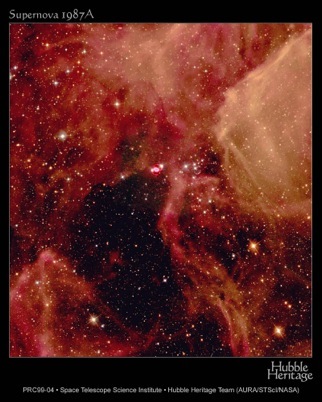Stephen Lepp
Education
PhD, Colorado Boulder 1984. Atomic and Molecular Theory.
Research Interests
Steve Lepp works in several areas of research that pertain to phenomena involving the absorption and emission of light by atoms and molecules.
Dense Clouds
We have investigated the chemistry of dark molecular clouds. In particular we have investigated the modifications to dark cloud chemistry arising from both the inclusion of cosmic ray induced photons and from the inclusion of a population of large molecules. The cosmic ray photons destroy complex molecules and lead to steady state abundances of these molecules that are smaller than what is observed. A population of large molecules quickly attaches all the free electrons in these dark clouds and the chemistry is changed from one characterized by dissociative recombinations to one characterized by mutual neutralization reactions with large molecular ions.
Extragalactic astrophysics and the early universe
Computer models of different thermal phases have been combined to determine where such phases might coexist in the universe. One result is that quasar broadline clouds might contain molecular cores. Molecular processes have been included into detailed models of quasar broadline clouds and Seyfert galaxies. The expected abundances of molecules in the early universe has been calculated. Lepp is involved in investigations into the response of molecular gas to intense ultraviolet and x-ray radiation that may occur in primordial shells, starburst galaxies and merger galaxies.
Supernova 1987A

Carbon monoxide molecules have been observed in the ejecta of supernova 1987A. Lepp found that the chemistry of the ejecta is very different from standard chemistries of the interstellar medium and may be dominated negative ion reactions and radiative association reactions. The molecular abundances are sensitive to the degree of mixing. We intend to carry out calculations of molecular abundance as a function of the mass of the progenitor, which could then be used as a diagnostic of distant supernovae. The supernova occurred in the Large Magellanic cloud. In the NASA HST image on the right, the supernova remnant, surrounded by inner and outer rings of material, is set in a forest of diffuse clouds of gas. This three color image is composed of several pictures of the supernova and its neighboring region taken with the Wide Field Planetary Camera 2 in September 1994, February 1996 and July 1997. In the enlarged image on the left, one sees that the supernova remnant (the almost star-like object in the center) is surrounded by inner and outer ring structures.

Steve Lepp's research has been funded by a number of grants from NASA and the National Science Foundation. Most recently he has been co-investigator on an NSF project entitled "Chemistry and Structure Formation at High Redshifts".
 Department of
Department of